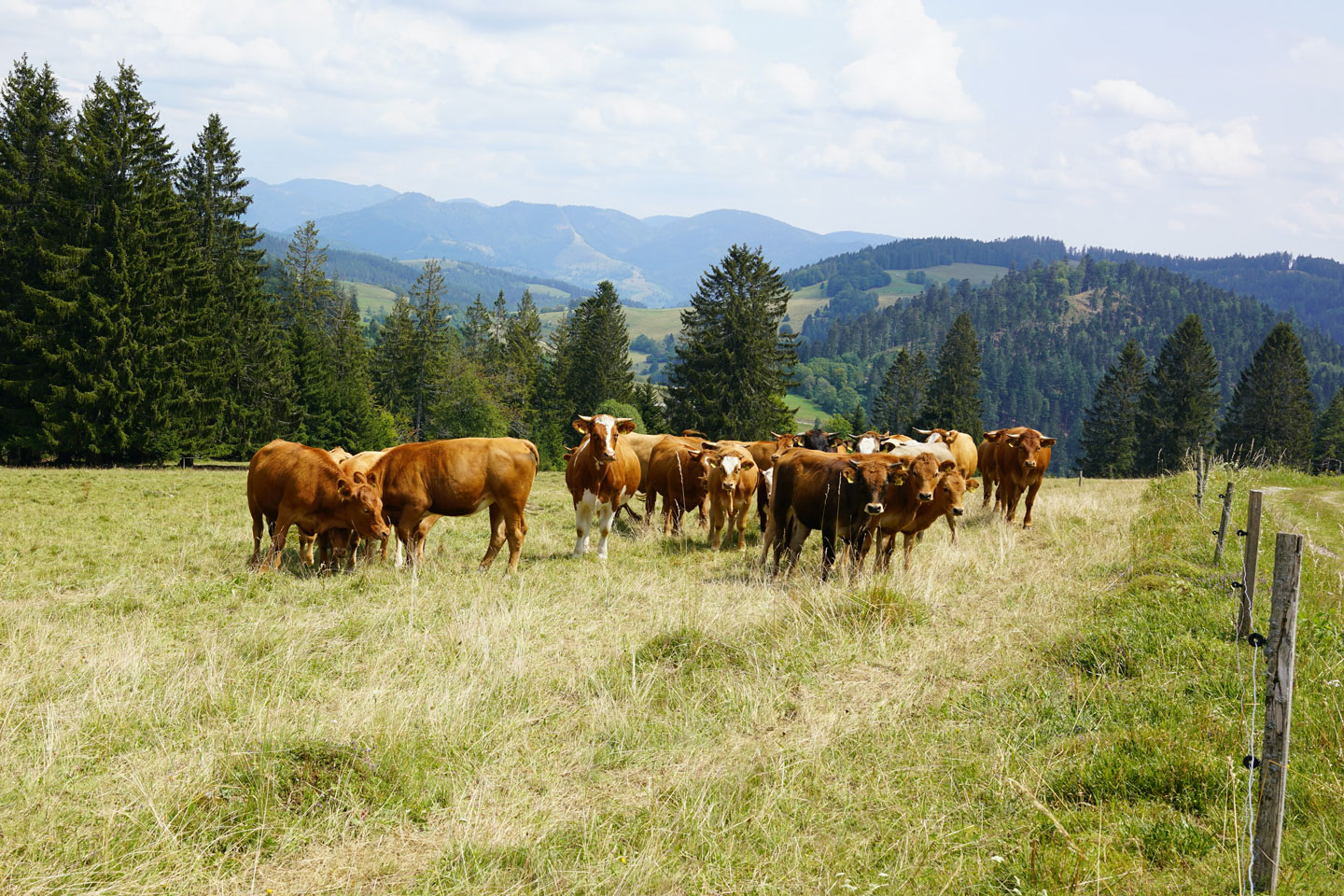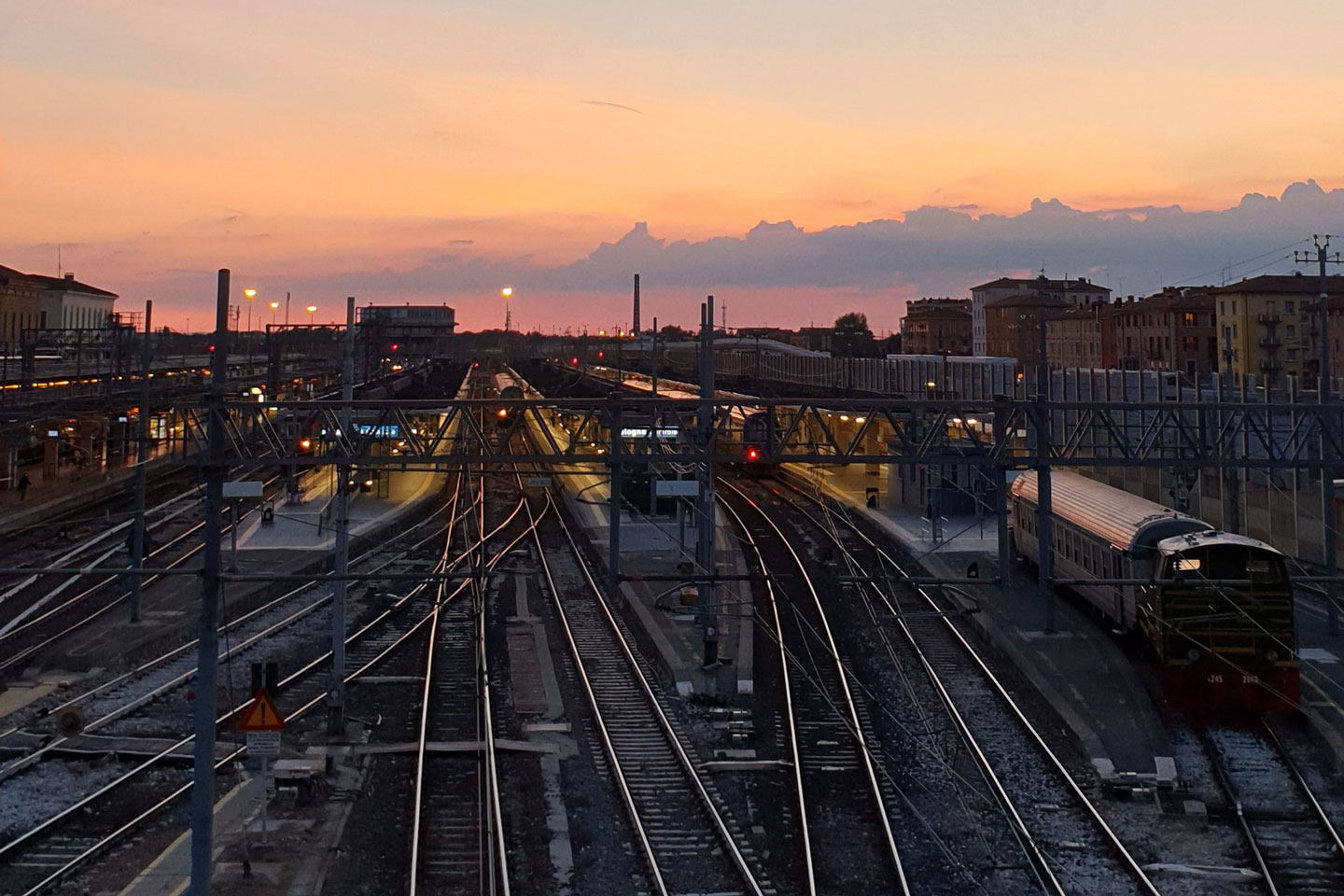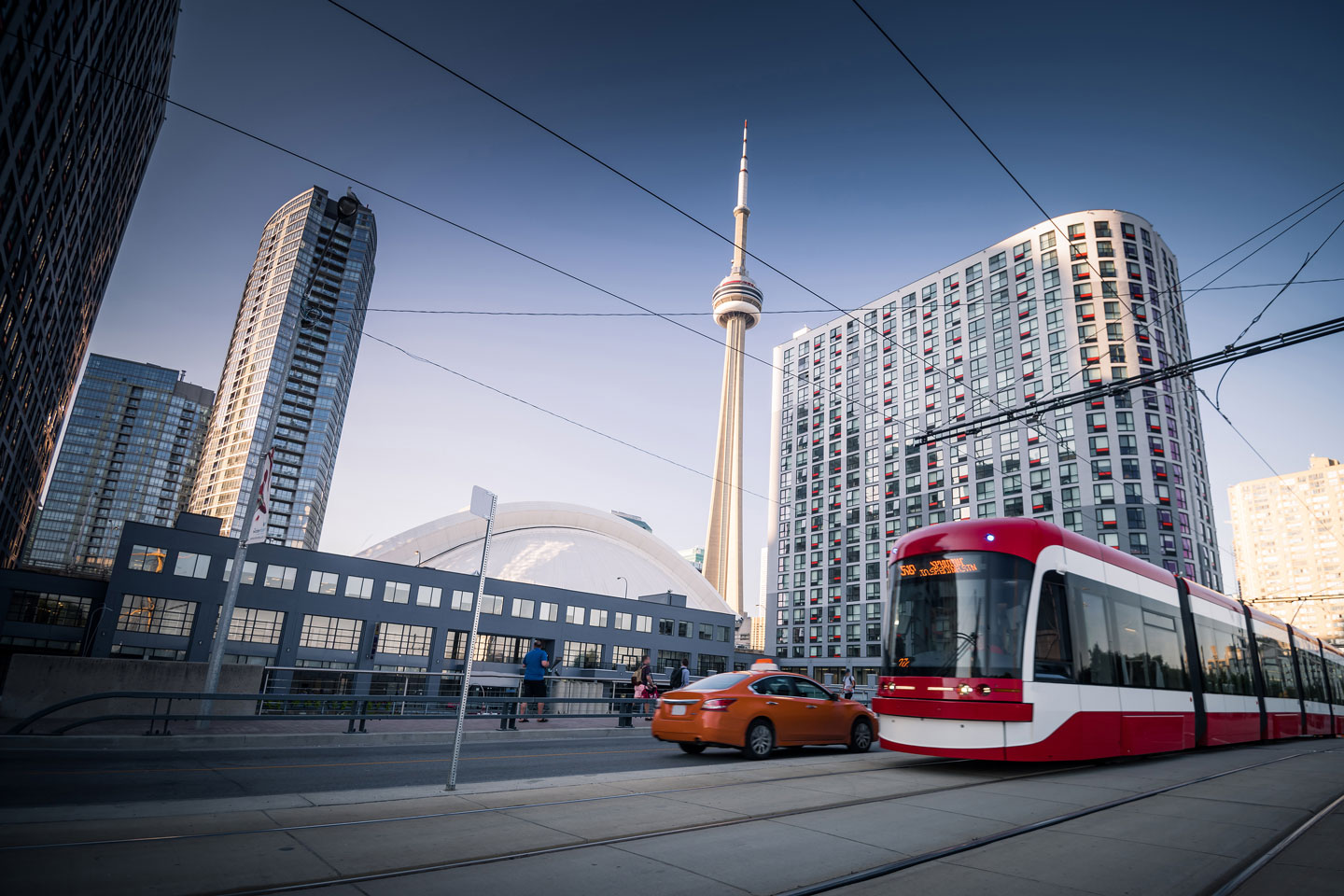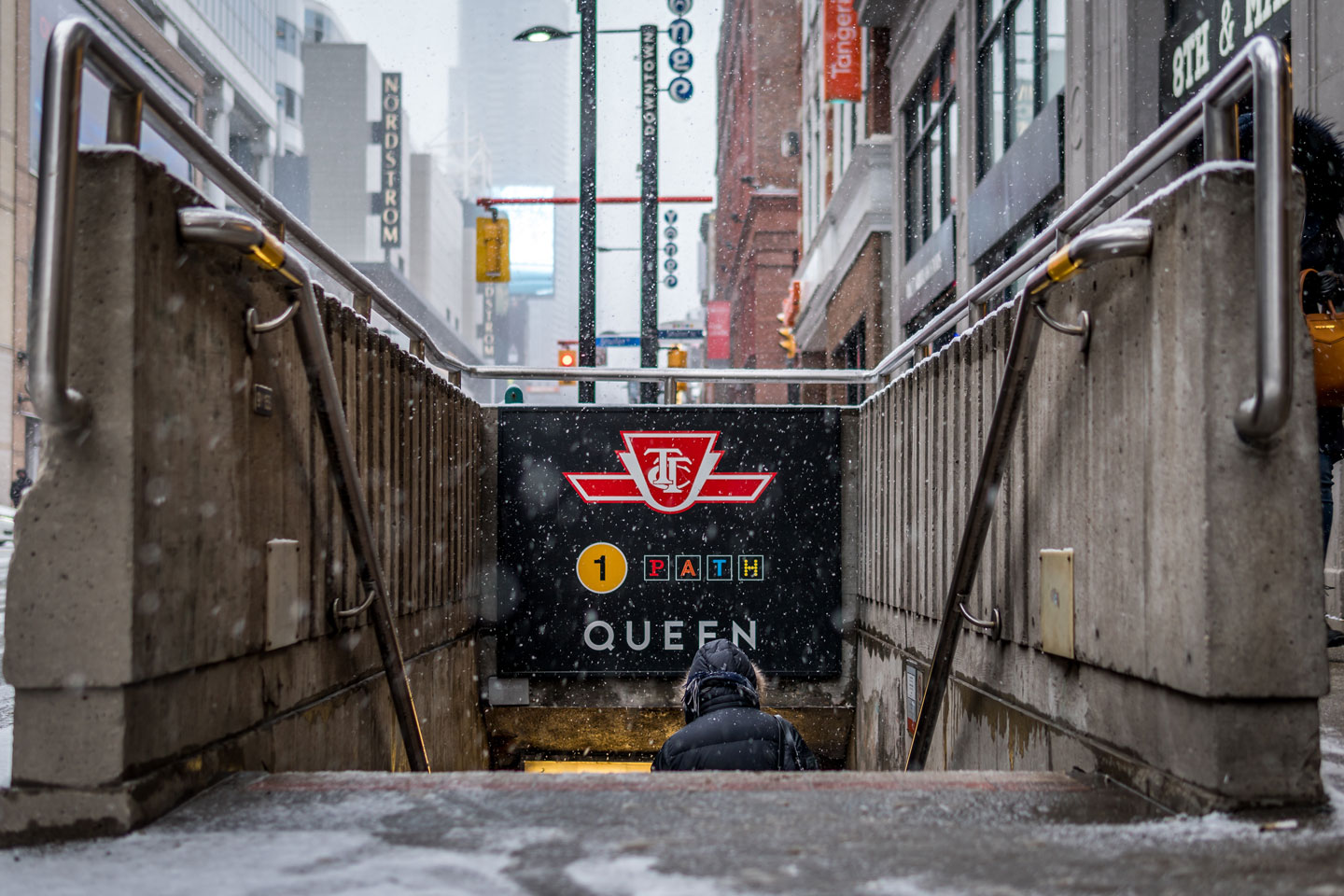Its major border crossings — Detroit, Buffalo, Niagara — ensure Ontario’s goods and services can be delivered just-in-time to destinations across the continent. These trade gateways and the region’s logistical, manufacturing and agricultural clusters are critical to the entire Province’s competitiveness.
Work is underway to improve many of these critical trade routes. The long-delayed Gordie Howe International Bridge will produce 2,500 jobs during construction, and the Herb Gray Parkway in Windsor addressed Ontario’s worst highway bottleneck outside the Greater Toronto Area. These projects help to increase the movement of goods and people. Regional transit is also under construction. An $800-million investment in the Region of Waterloo’s rapid transit system now connects Kitchener and Waterloo with quick, reliable transit and soon will connect to the centre of Cambridge.
The pandemic exposed North America’s dependency on precarious supply chains and critical points of entry. Increasingly businesses at home and abroad will buttress the resiliency of their supply chains with additional connections in Ontario and North America more broadly. The “Made in Canada” brand conveys quality, and Ontario will continue to grow, manufacture and invent great products. North America will rely even more on southwestern Ontario’s agricultural sector. This will place more pressure on our highways. Enhancing southwestern Ontario’s connectivity will enable us to remain competitive well into the twenty-first century.









